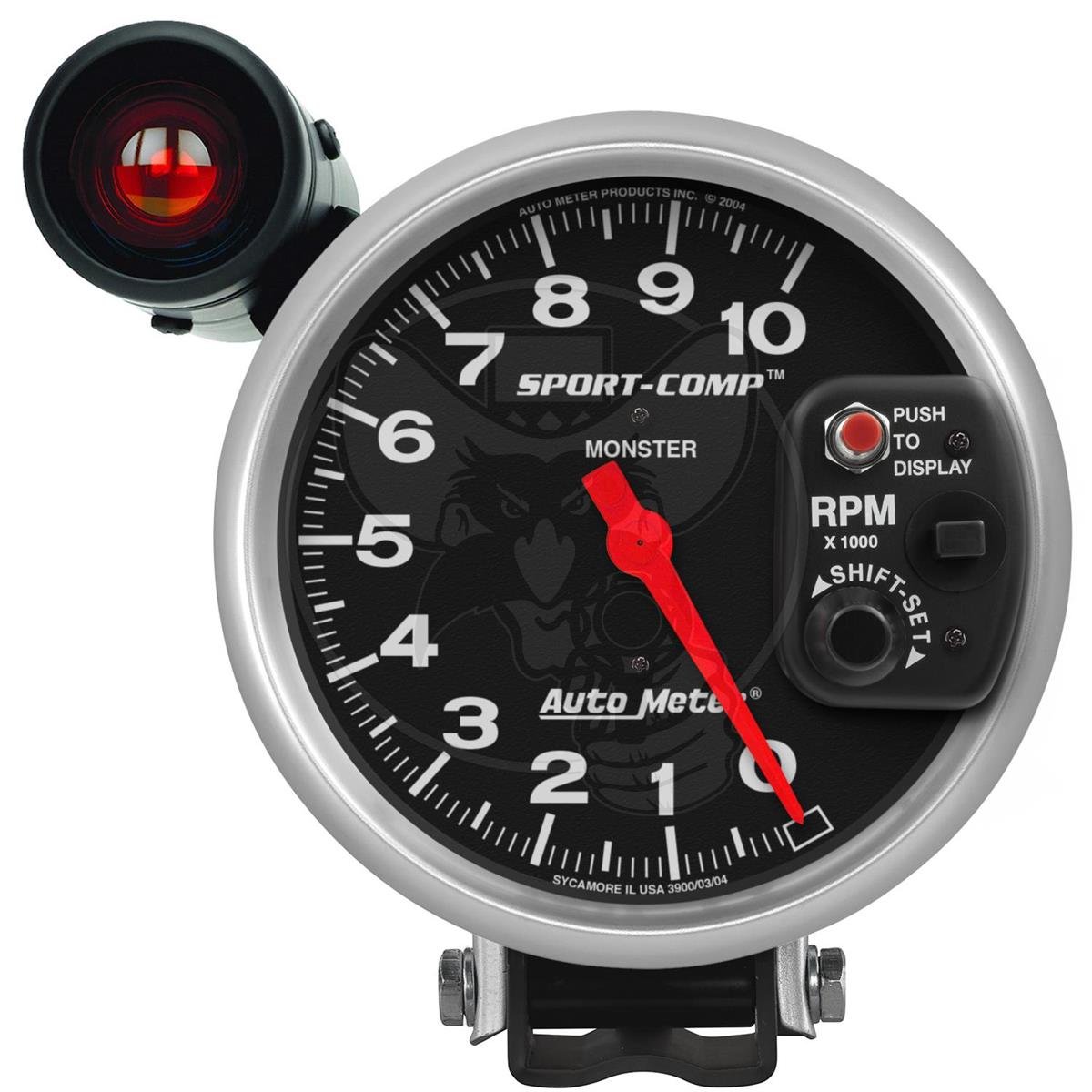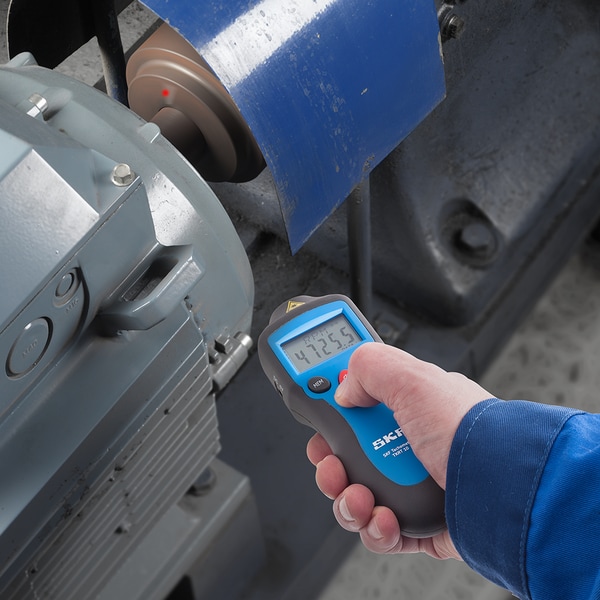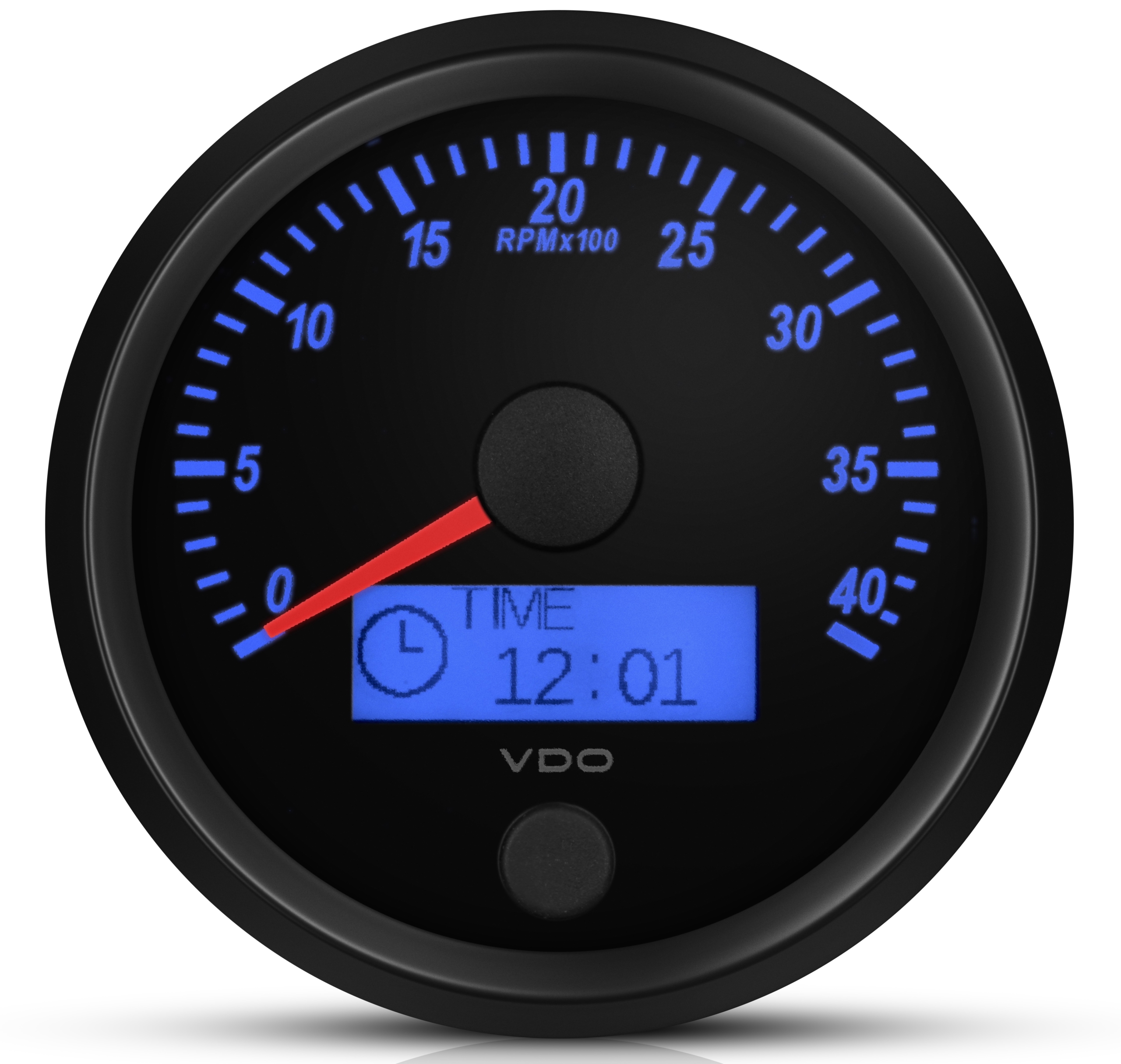Tachometer Acquiring Overview: Attributes to Try To Find and Ideal Brand names
Tachometer Acquiring Overview: Attributes to Try To Find and Ideal Brand names
Blog Article
The Importance of a Tachometer in Monitoring Engine Rate and Efficiency in Automotive Applications
In the realm of auto engineering, the tachometer stands as a crucial instrument in the vehicle driver's toolbox, giving a direct home window into the inner workings of an automobile's engine. Beyond its function as a plain gauge of transformations per min (RPM), the tachometer functions as a critical tool for lovers and specialists alike, providing real-time understandings right into engine performance and health and wellness. Understanding the importance of this tool surpasses surface-level observations, delving right into the intricate relationship in between engine rate, power output, and overall driving experience. As we check out the complex function of the tachometer in auto applications, a deeper recognition for its influence on vehicle dynamics and effectiveness starts to arise.
Value of Checking Engine RPM
Checking engine RPM, or revolutions per min, is a critical aspect of vehicle maintenance and performance assessment. Engine RPM directly associates with the rate at which the engine's crankshaft revolves, showing exactly how rapidly the engine is running - tachometer. By keeping an eye on RPM, auto mechanics can evaluate the health of the engine, spot potential concerns, and fine-tune efficiency. An irregular RPM reading may signify issues such as engine misfires, defective ignition system, or issues with the gas shipment system. Regularly high RPM analyses might suggest aggressive driving habits or the demand for a greater gear change to enhance gas performance.
Moreover, keeping an eye on engine RPM is important for efficiency assessment in auto racing and high-performance cars. Keeping ideal RPM levels is crucial for accomplishing peak power output and velocity. Racers often utilize tachometers to ensure they are operating within the excellent RPM range for optimum performance. In recap, monitoring engine RPM is not only essential for discovering problems but likewise for optimizing engine performance in different automotive applications.

Advantages of Real-Time Data
In vehicle applications, real-time data plays a critical duty in offering immediate insights into the performance and condition of the car. By constantly monitoring numerous parameters such as engine speed, temperature, fuel intake, and more, real-time data provides various benefits that contribute to enhanced efficiency and safety when driving.
Additionally, real-time data assists in performance optimization by giving instant responses on driving routines and engine efficiency. Motorists can change their actions in real-time based on this info to achieve much better gas economic climate and lengthen the life expectancy of their automobile.

Furthermore, real-time information plays a vital function in modern automobile diagnostics, making it possible for service technicians to rapidly detect and address breakdowns. This brings about decreased downtime, reduced upkeep costs, and eventually, improved overall automobile reliability and longevity (tachometer). By using the power of real-time data, automobile stakeholders can make educated choices that positively impact both the performance and long life of the vehicle
Effect on Equipment Shifts
Reliable equipment changes in automotive applications substantially affect total performance and driving experience. The tachometer plays an important function in enhancing gear changes by giving real-time engine speed data to the motorist. When coming close to the redline on the tachometer, it signifies the vehicle driver to upshift to stop over-revving the engine and causing potential damage. directory On the other hand, downshifting at the right moment can help maintain the engine in its power band, guaranteeing responsive acceleration when needed.
Furthermore, the tachometer aids in achieving smoother equipment changes, specifically in manual transmissions. By monitoring engine rate, drivers can implement equipment shifts at the optimal RPM array, lowering snagging movements and minimizing wear on the transmission elements. This precision in equipment modifications not only enhances driving convenience but additionally adds to fuel efficiency.
Enhancing Gas Effectiveness
Given the critical duty the tachometer plays in optimizing gear changes for performance and engine wellness, it straight contributes to taking full advantage of fuel performance in auto applications. By offering real-time feedback on engine rate, the tachometer assists vehicle drivers in preserving the most effective RPM range for gas economy. When vehicle drivers constantly monitor the tachometer and change their driving routines accordingly, they can prevent unnecessary gas intake brought on by over-revving or hauling the engine.
Furthermore, the tachometer assists vehicle drivers identify the most fuel-efficient gear to be in at any given moment, avoiding the engine from working more difficult than needed. In conclusion, the tachometer serves as a valuable tool in enhancing fuel efficiency by advertising optimum driving behaviors and recognizing locations for renovation in the automobile's performance.

Taking Full Advantage Of Engine Durability
The tachometer's function in keeping an eye on engine speed and performance is instrumental in ensuring the long life of auto engines. By making use of the tachometer efficiently, motorists can enhance engine longevity via conscious RPM administration. Regularly revving an engine too their explanation high can cause excessive wear and tear on crucial parts, such as the pistons, shutoffs, and bearings. In time, this can result in lowered engine efficiency and possible breakdowns. Keeping track of the tachometer permits motorists to stay within the advised RPM variety for their vehicle, protecting against unneeded stress on the engine and expanding its life expectancy.

Conclusion
To conclude, the tachometer plays an important role in checking engine speed and efficiency in automobile applications. By giving real-time information on RPM, it enables reliable equipment shifts, improved gas effectiveness, and made the most of engine durability. This device is vital for preserving optimal engine efficiency and ensuring the general capability of a car.
Report this page